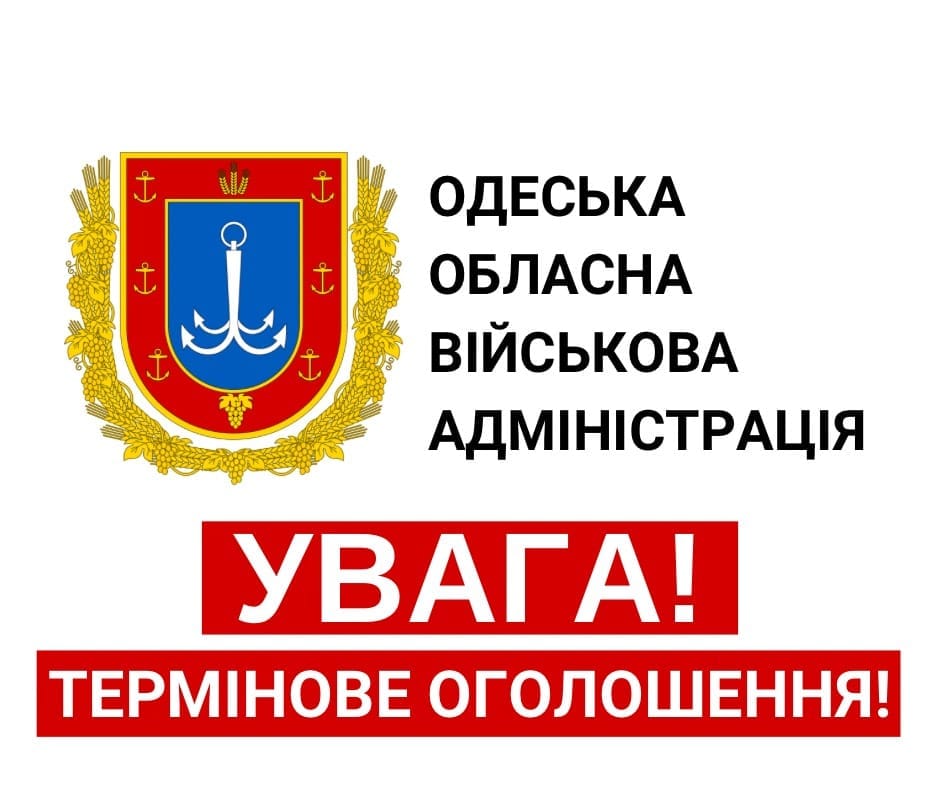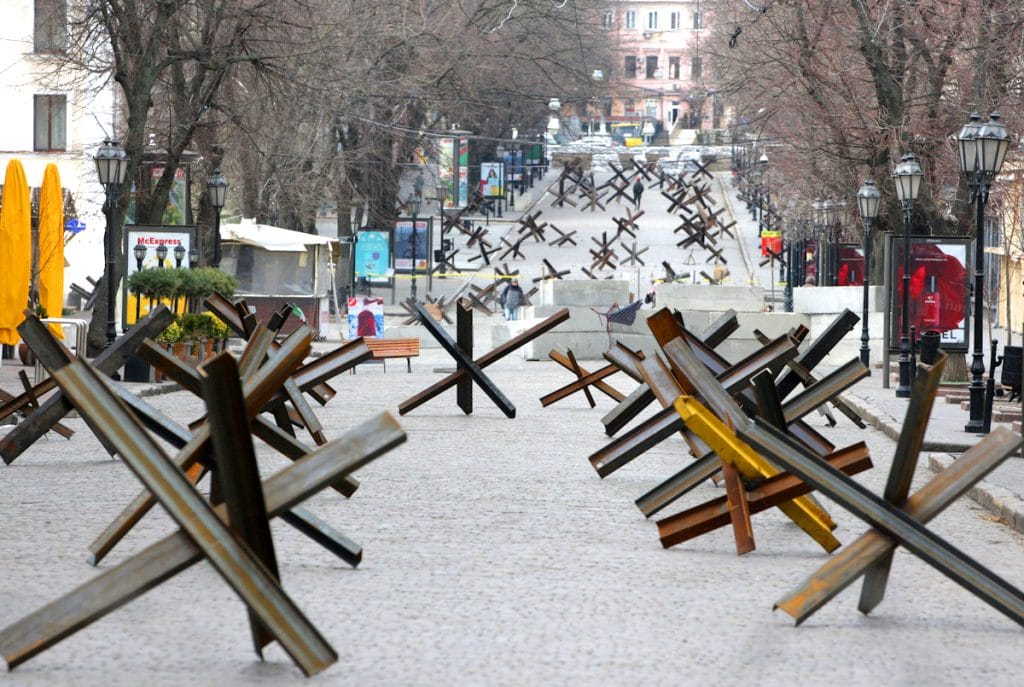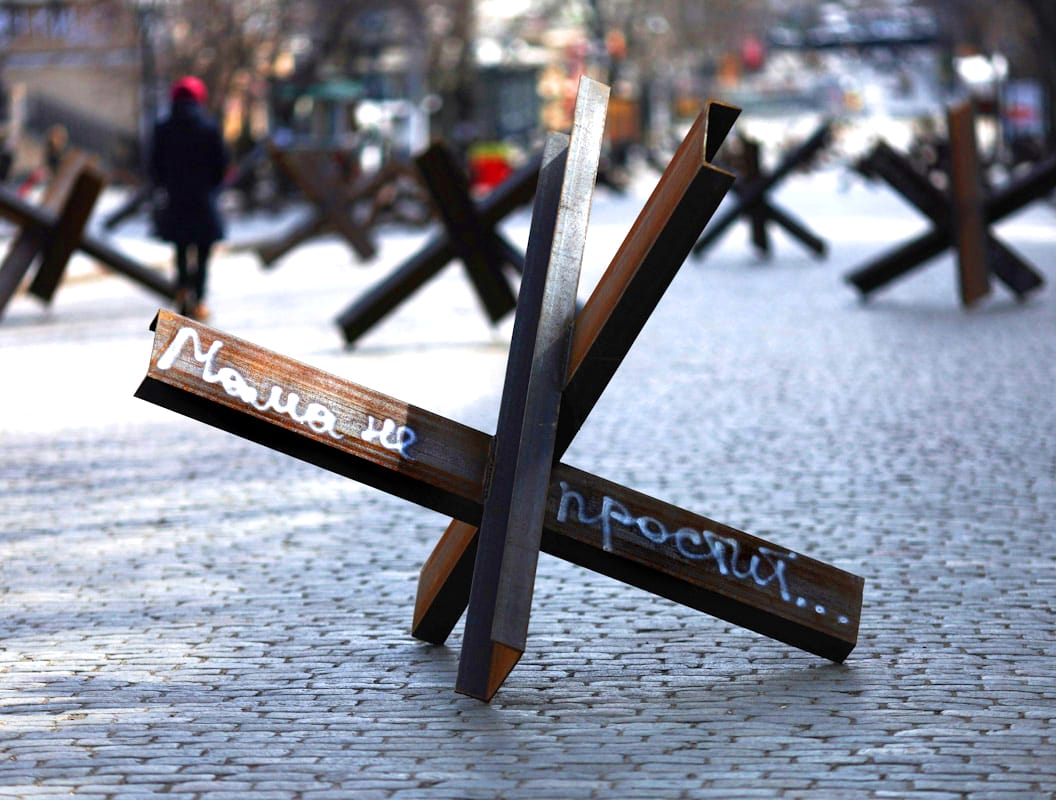A photograph of an order was published on the Internet, in which the head of the Odessa Regional Military Administration, Maxim Marchenko, allegedly ordered the establishment of military positions in eight educational and five medical institutions in Odessa, and also to prevent the civilian population from leaving through humanitarian corridors. We tried to analyze the authenticity of this document.
March 22, 2022 at blogs and Telegram-channels messages began to appear about allegedly leaked to the Network at the disposal Head of the Odessa Regional Military Administration Maxim Marchenko. In the first paragraph of the document, Marchenko allegedly orders the establishment of strongholds in 13 schools and hospitals in Odessa “to meet the needs of the state.” In the second paragraph - “at the indicated strong points, organize the arrangement of anti-tank and firing positions, engineer and sapper barriers.” In the third - “prevent the civilian population from leaving through humanitarian corridors,” that is, how noted some media use the residents of Odessa as human shields. Within a few days, the news spread across non-top Russian-speaking Media, social networks And blogs, some of which wrotethat Odessa is being prepared for the fate of a second Mariupol.

It is immediately worth noting that the head of the Odessa Regional Military Administration, Maxim Marchenko, reacted to the dissemination of this order on the Internet quite quickly. The earliest publication of the document that we were able to locate was done in the early morning of March 22 (shortly after midnight) on the blog of Odessa writer and historian Lev Vershinin. Within a few hours, Marchenko published a refutation on website, Facebook-page administration of Odessa and in his Telegram-channel. Then the same message published Verkhovna Rada of Ukraine.
Marchenko's public refutation did not convince many Internet users. In their opinion, this order was intended to be secret, and, as soon as the document became public, Marchenko was forced to publicly refute it in order to avoid scandal, and possibly future criminal liability for a war crime.
Based on information from open sources, it is impossible to find out whether Marchenko actually gave such an order - in writing or orally. In this analysis, we looked only at the document image itself, trying to find obvious inconsistencies. In our opinion, there were several of them.
1. Questionable document title (“Visipka for orders”). Generally extract is a document that quotes a fragment of the order verbatim. Extracts are used when the original order is too voluminous or its full use is impossible or inappropriate. Since the extract is not the original document, but only a copy or fragment of it, the document must indicate which order it was taken from. At the end of the document, in addition to the person who signed the original order, the signature of the responsible employee must be placed, assuring that the information included in the extract is correct (for example, as in this discharge). The document allegedly signed by Marchenko contains neither the number of the original order nor the signature of the person who compiled and certified the extract. In addition, in the Ukrainian state document flow almost always used the wording “Vityag” instead of “Vipiska”.

2. Incorrect document header format. In addition to the coat of arms of Ukraine, the name of the institution or authority must be indicated in the header. In this case, the Odessa Regional State Administration. Examples of these orders are available in section regulatory documents on the administration’s website, and their design is very different from Marchenko’s order. The design of the serial number (No. 101) is also different: usually after the number there is a fraction and the year the order was signed (For example, No. 933/od-2020). Even if we take into account that Marchenko only recently became head of the Odessa administration and may not be familiar with all the intricacies of paperwork, then his assistants, who most likely prepared the draft order, should have been aware of these rules.
3. Spelling and factual errors in the text. For example, there are errors in the spelling of the word "military" (in the document - “military”) and street names Marazliivska And Elisavetinska (in the document - Marazlievska and Elisavetinska). To designate lanes, the document uses the abbreviation “per.”, while in the Ukrainian language “prov.” is used. (provulok). Also, in some cases, incorrect addresses are indicated, for example, maternity hospital No. 1 (Pogolovy Budinok, No. 1) is located on Slepneva Street, and not in Slepneva Lane, as indicated in the document. The word “nakazuvati” (“order”) at the end of the first paragraph looks out of place. It would be more correct to use the verb “I punish” (“I order”). In general, in such orders it is usually put colon without any verb and proceed to listing the instructions.
4. No seal. Although the writer Lev Vershinin, who was the first published photo of the document on his blog, and writes that the document with a signature and seal, in fact, as we see, there is no seal there.
5. The very presence of an officially signed order such content raises doubts. If such an order existed, it most likely would have been given orally to avoid documented personal liability. To put a signature on such an order, especially considering its third point about blocking humanitarian corridors, means signing one’s own accusation in crimes against humanity. It is unlikely that Marchenko would have done this without even classifying the document as classified.

We have not been able to figure out exactly how this document got onto the Internet. We turned for clarification to Lev Vershinin, who owns the earliest publication photocopies on the Internet. The writer replied that he himself “saw it [the document] on the Internet,” but did not specify where exactly. He added that he “asked someone to go to the places indicated in the document - the information was generally confirmed.” But a visual inspection of the schools and hospitals indicated in the document does not in any way prove the authenticity of the order, even if these buildings are equipped with support positions of the Armed Forces of Ukraine.
The authenticity of the document raises serious doubts: firstly, due to the presence of many errors in the text and execution of the order, and secondly, due to the lack of at least some information on the Internet about how such a document compromising its authors could have become publicly available.
Most likely not true
Read on the topic:
- Is it true that the Ukrainians falsified a report about the shelling of a maternity hospital in Mariupol?
- Fake news about what is happening in Ukraine
- Fake news about what is happening in Ukraine. Part 2
- Fake news about what is happening in Ukraine. Part 3
- Fake news about what is happening in Ukraine. Part 4
- Fake news about what is happening in Ukraine. Part 5
If you find a spelling or grammatical error, please let us know by highlighting the error text and clicking Ctrl+Enter.






